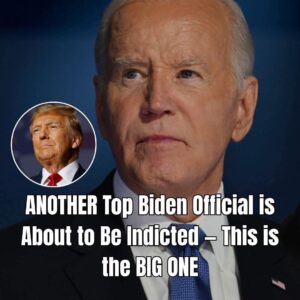The constitutional balance between federal and state authority has taken center stage in a groundbreaking Supreme Court decision that addresses fundamental questions about regulatory power, environmental policy, and the limits of state government authority in shaping national energy markets. This decisive ruling represents more than a simple legal victory for one side or another; it establishes crucial precedents about how American federalism functions when state ambitions collide with constitutional principles and interstate commerce considerations.
THE CONSTITUTIONAL FRAMEWORK OF ENVIRONMENTAL REGULATION
The American system of environmental regulation operates within a complex framework of overlapping federal and state jurisdictions, where constitutional principles of federalism, interstate commerce, and regulatory authority create intricate legal boundaries that courts must navigate carefully. Understanding this framework requires examining both the historical development of environmental law and the constitutional principles that govern the relationship between different levels of government.
The Commerce Clause of the Constitution grants Congress broad authority to regulate interstate commerce, while the Tenth Amendment reserves powers not specifically granted to the federal government to the states. This tension between federal and state authority becomes particularly complex in environmental regulation, where local actions can have far-reaching consequences that extend beyond state boundaries and affect national markets and policies.
Environmental federalism has evolved through decades of legislation, court decisions, and administrative practices that have created a patchwork of overlapping and sometimes conflicting jurisdictions. The Clean Air Act, in particular, establishes specific mechanisms for state participation in federal environmental programs while also maintaining federal oversight and enforcement authority that can limit state regulatory innovation.
The Supreme Court’s role in defining these boundaries has become increasingly important as states pursue ambitious environmental policies that may conflict with federal authority or affect interstate commerce. Each major environmental case requires the Court to balance competing constitutional principles while considering the practical implications of their decisions for both environmental protection and economic activity.
HISTORICAL PRECEDENTS IN ENVIRONMENTAL FEDERALISM
The development of environmental law in the United States reflects changing understandings of both environmental challenges and constitutional authority, with landmark cases establishing precedents that continue to influence contemporary legal battles. These historical precedents provide essential context for understanding the constitutional issues at stake in recent environmental litigation.
The foundational environmental legislation of the 1970s, including the National Environmental Policy Act and the Clean Air Act, established federal leadership in environmental protection while also creating mechanisms for state participation and implementation. This cooperative federalism model attempted to balance national environmental goals with state implementation flexibility, though tensions between these objectives have persisted throughout the history of environmental law.
Supreme Court cases from the 1970s and 1980s established important precedents about the scope of federal environmental authority and the limits of state regulatory power. Cases involving interstate pollution, hazardous waste management, and air quality standards created legal frameworks that continue to influence contemporary environmental litigation and regulatory development.
More recent environmental cases have addressed emerging issues such as climate change, renewable energy development, and transportation electrification that were not anticipated by earlier environmental legislation. These cases require courts to apply established constitutional principles to new technological and environmental challenges while considering the evolving understanding of environmental science and policy.





